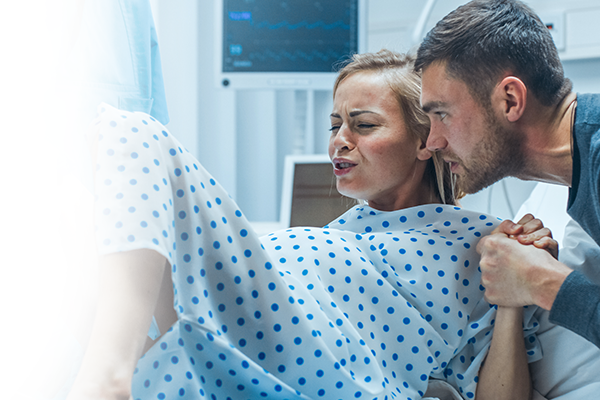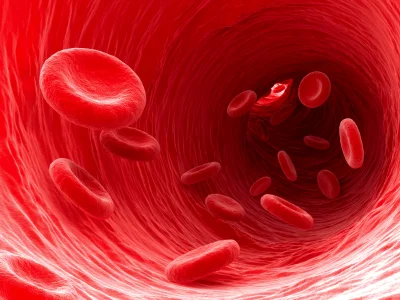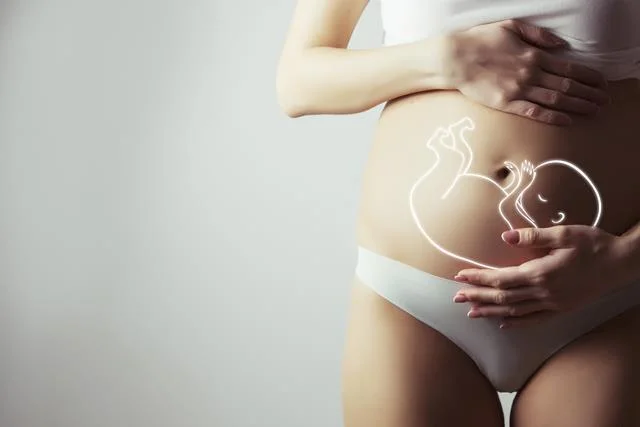Labor pains are undoubtedly some of the most painful experiences associated with the birth of a child. Initially, they are mild and disappear quickly. As labor approaches, they become stronger and occur more frequently.
Labor pains cannot be compared to anything else. Most often, expectant mothers can expect to experience them between the 39th and 41st week of pregnancy. To recognize labor pains, one must assess the frequency and intensity of the contractions. In the first stage of labor, there is an alternating opening and shortening of the cervix. As a result, the pregnant woman feels an impending pain, which is interrupted by short recovery periods.
Symptoms of an imminent birth
Many women wonder what labor pains can be compared to. It is quite difficult to give a definitive answer to this, but most women compare them to a feeling of stretching, which is associated with typical menstrual cramps. The first labor pains are sometimes barely noticeable. However, when they are felt, they resemble the baby stretching in the mother’s belly. This phase is called the latent phase. If this phase occurs during sleep, the pregnant woman may not even realize that she is about to give birth. Such contractions usually occur every 20 minutes and last 20 to 60 seconds. Pain relief during this phase is not advisable. From the beginning of the latent phase to the birth of the child, several hours typically pass. The cervix opens slowly at first – about 0.5 to 1 centimeter per hour. Another sign is the loss of the mucus plug – a barrier that blocks the cervix and protects it from harmful external influences throughout the pregnancy.
When the water breaks and contractions occur every 5 minutes lasting about a minute, it is a sign that the woman should go to the hospital as soon as possible. Pain relief methods during this phase are limited to deep breathing. If the expectant mother is unsure whether she is experiencing true labor pains or Braxton Hicks contractions, she can take a warm (but not hot) bath. An increase in contractions after this bath indicates that labor is likely to occur within hours. The pain is often described on a scale of 1 to 10. For labor pains, the pain is rated as 6/10 on this scale. A much stronger pain occurs when forceps are used during delivery.
Problems with the sacrum during labor
Pain in the sacrum area of the back is not uncommon during labor. Unfortunately, these pains can sometimes be so intense that they overshadow the pain from cervical contractions. Sacral pain during labor typically occurs in women with a retroverted uterus. This is due to shortened ligaments that attach the uterus to the lumbar area. As the cervix narrows, the ligaments stretch and cause pain. One method of alleviating sacral pain during labor is changing the body position – one should not lie on their back and should avoid staying in one position.
Midwives know how to relieve labor pains. This can be done once the cervix is more than 4 cm dilated. If the laboring woman agrees, an epidural anesthesia is administered by inserting a fine needle into the spinal canal. The liquid anesthetic, which is delivered through a catheter, blocks the pain signals from the uterus to the brain. Therefore, the woman feels no pain and can better relax and focus on her breathing. The administration of the anesthetic does not affect the frequency of contractions and does not interfere with the pressure during pushing. The risk of complications is minimal. However, there are several contraindications for pain relief in this way, such as blood clotting disorders, like thrombocytopenia.










